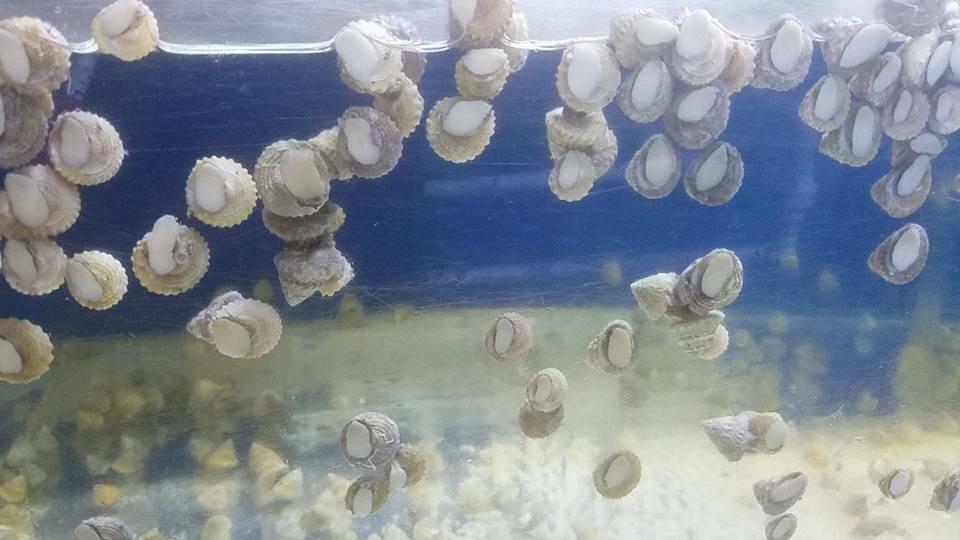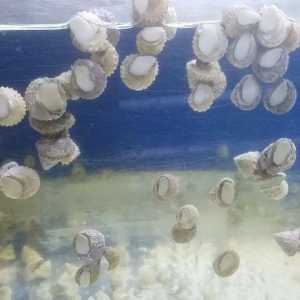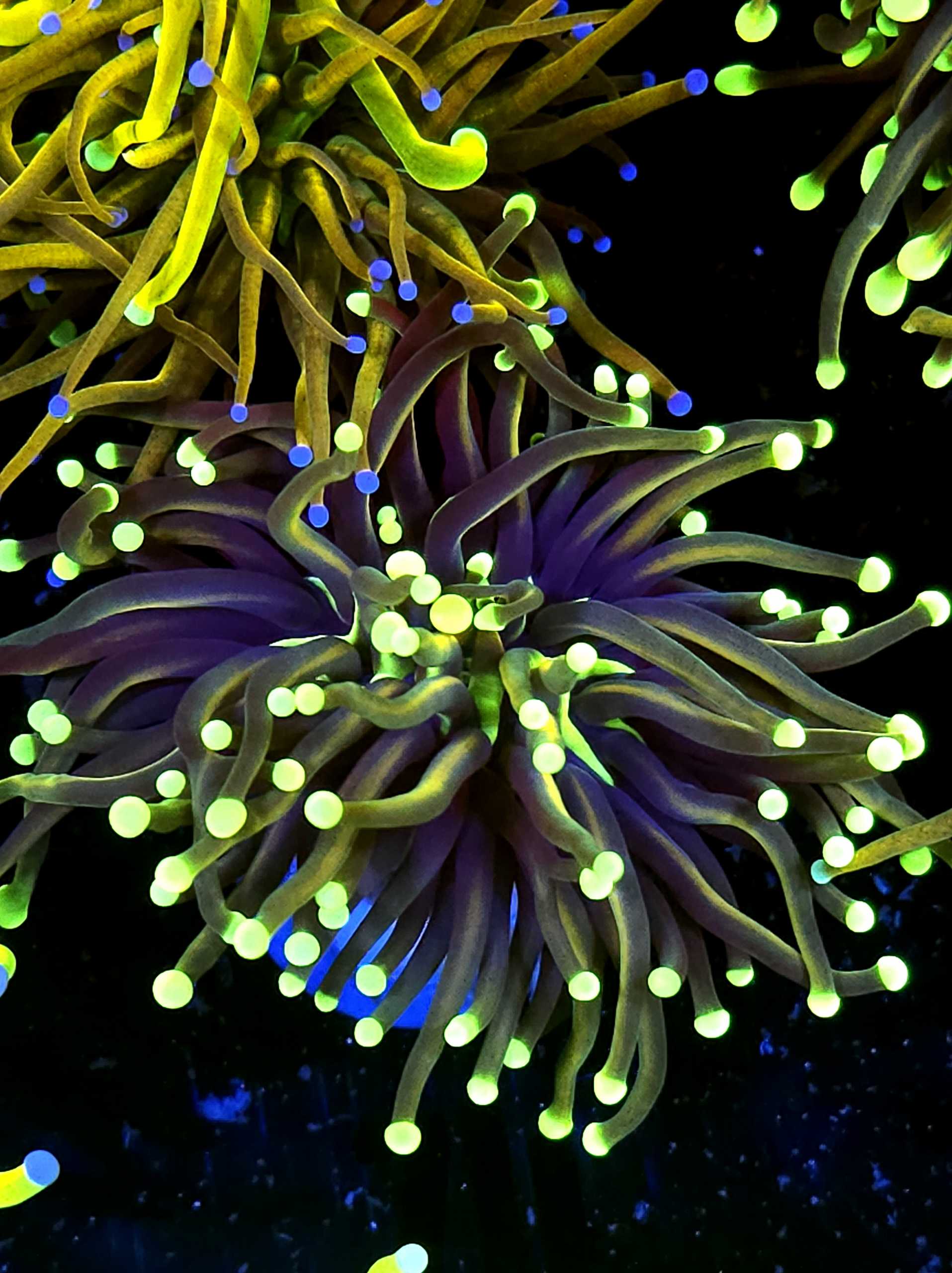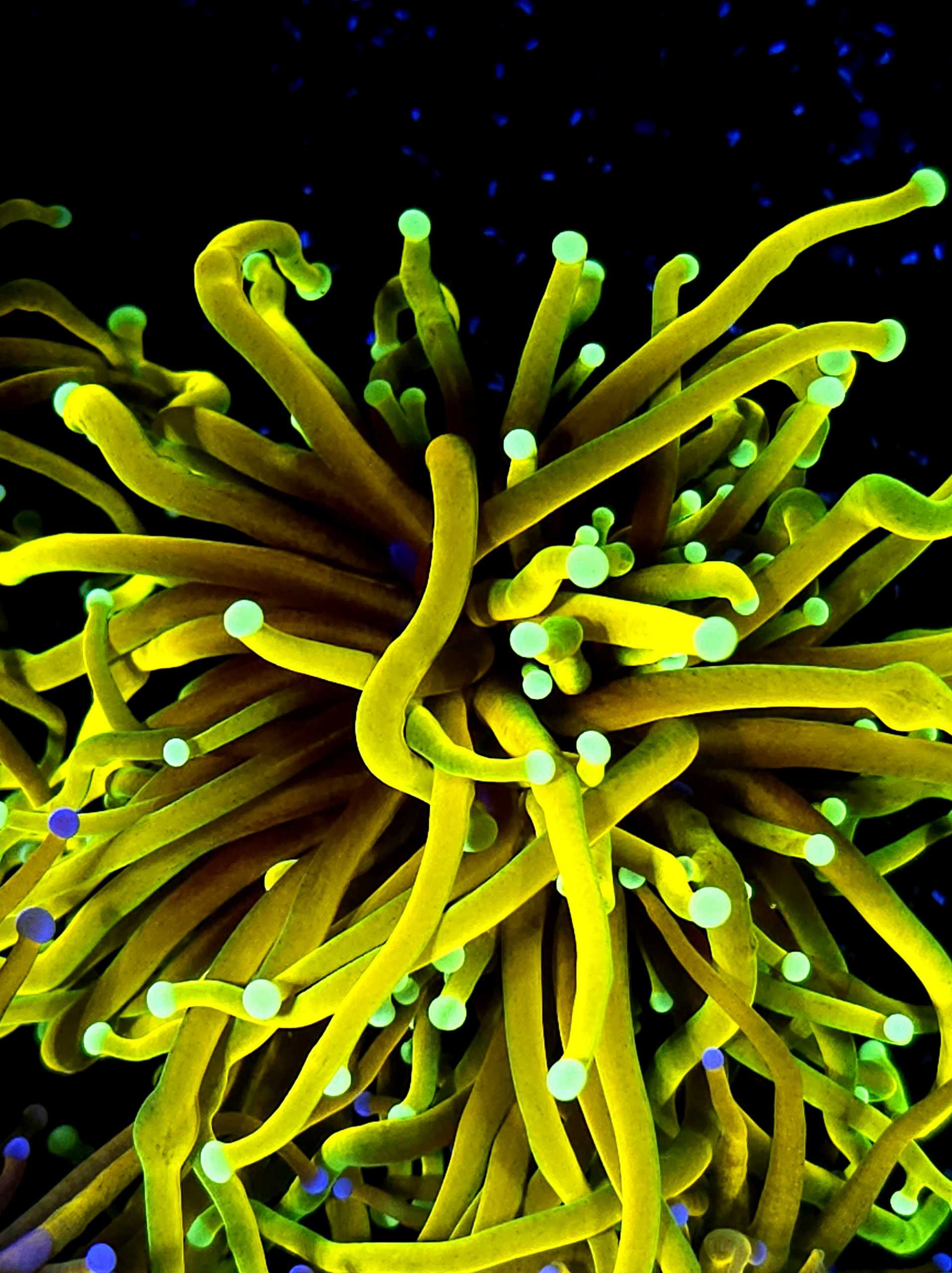Astrea snails- 25 Pack
Original price was: $ 48.$ 35Current price is: $ 35.
1000 in stock
You may also be interested in
Astrea snails, also known as Astraea tecta or star snails, are popular in saltwater aquariums for their ability to help control algae growth. Here’s a guide on their care and use in your tank:
Care
Tank Setup
Tank Size: A minimum of 10 gallons is recommended, but larger tanks provide a more stable environment.
Water Parameters:
Temperature: 72-78°F (22-26°C)
pH: 8.1-8.4
Salinity: 1.023-1.025
Ammonia/Nitrite: 0 ppm
Nitrate: <10 ppm
Substrate: Sandy or fine-gravel substrate is ideal.
Rockwork: Provide plenty of live rock for grazing and hiding.
Feeding
Diet: Primarily herbivorous, they feed on various types of algae. Supplement their diet with algae wafers or blanched vegetables like spinach and zucchini if algae is insufficient.
Frequency: Feed daily if additional food is required.
Maintenance
Water Changes: Regular water changes (10-20% weekly) help maintain water quality.
Tank Cleaning: Clean the tank glass and decorations to control algae growth, ensuring a balanced environment for the snails.
Use in Aquariums
Algae Control
Grazing: Astrea snails are excellent grazers, feeding on different types of algae, including green, brown, and diatoms. They help keep algae under control, promoting a cleaner tank.
Population: Introduce them based on tank size and algae presence. A general guideline is one snail per 10 gallons.
Tank Compatibility
Tank Mates: Astrea snails are peaceful and compatible with most reef-safe fish, corals, and invertebrates.
Predators: Avoid housing them with fish or invertebrates that prey on snails, such as some wrasses, triggerfish, and crabs.
Handling and Acclimation
Acclimation: Use the drip acclimation method to gradually introduce snails to your tank's water conditions.
Handling: Handle with care to avoid damaging their shells. If a snail falls and is unable to right itself, promptly place it right-side up to prevent it from dying.
Common Issues
Flipping Over: Astrea snails often cannot right themselves if they fall on their backs, which can lead to death. Regularly check and assist if necessary.
Starvation: Ensure there's enough algae or supplemental food to prevent starvation.
By following these care guidelines, you can maintain a healthy environment for your Astrea snails, allowing them to thrive and effectively contribute to your tank's ecosystem.
Description
Astrea snails, also known as Astraea tecta or star snails, are popular in saltwater aquariums for their ability to help control algae growth. Here’s a guide on their care and use in your tank:
Care
Tank Setup
Tank Size: A minimum of 10 gallons is recommended, but larger tanks provide a more stable environment.
Water Parameters:
Temperature: 72-78°F (22-26°C)
pH: 8.1-8.4
Salinity: 1.023-1.025
Ammonia/Nitrite: 0 ppm
Nitrate: <10 ppm
Substrate: Sandy or fine-gravel substrate is ideal.
Rockwork: Provide plenty of live rock for grazing and hiding.
Feeding
Diet: Primarily herbivorous, they feed on various types of algae. Supplement their diet with algae wafers or blanched vegetables like spinach and zucchini if algae is insufficient.
Frequency: Feed daily if additional food is required.
Maintenance
Water Changes: Regular water changes (10-20% weekly) help maintain water quality.
Tank Cleaning: Clean the tank glass and decorations to control algae growth, ensuring a balanced environment for the snails.
Use in Aquariums
Algae Control
Grazing: Astrea snails are excellent grazers, feeding on different types of algae, including green, brown, and diatoms. They help keep algae under control, promoting a cleaner tank.
Population: Introduce them based on tank size and algae presence. A general guideline is one snail per 10 gallons.
Tank Compatibility
Tank Mates: Astrea snails are peaceful and compatible with most reef-safe fish, corals, and invertebrates.
Predators: Avoid housing them with fish or invertebrates that prey on snails, such as some wrasses, triggerfish, and crabs.
Handling and Acclimation
Acclimation: Use the drip acclimation method to gradually introduce snails to your tank's water conditions.
Handling: Handle with care to avoid damaging their shells. If a snail falls and is unable to right itself, promptly place it right-side up to prevent it from dying.
Common Issues
Flipping Over: Astrea snails often cannot right themselves if they fall on their backs, which can lead to death. Regularly check and assist if necessary.
Starvation: Ensure there's enough algae or supplemental food to prevent starvation.
By following these care guidelines, you can maintain a healthy environment for your Astrea snails, allowing them to thrive and effectively contribute to your tank's ecosystem.










